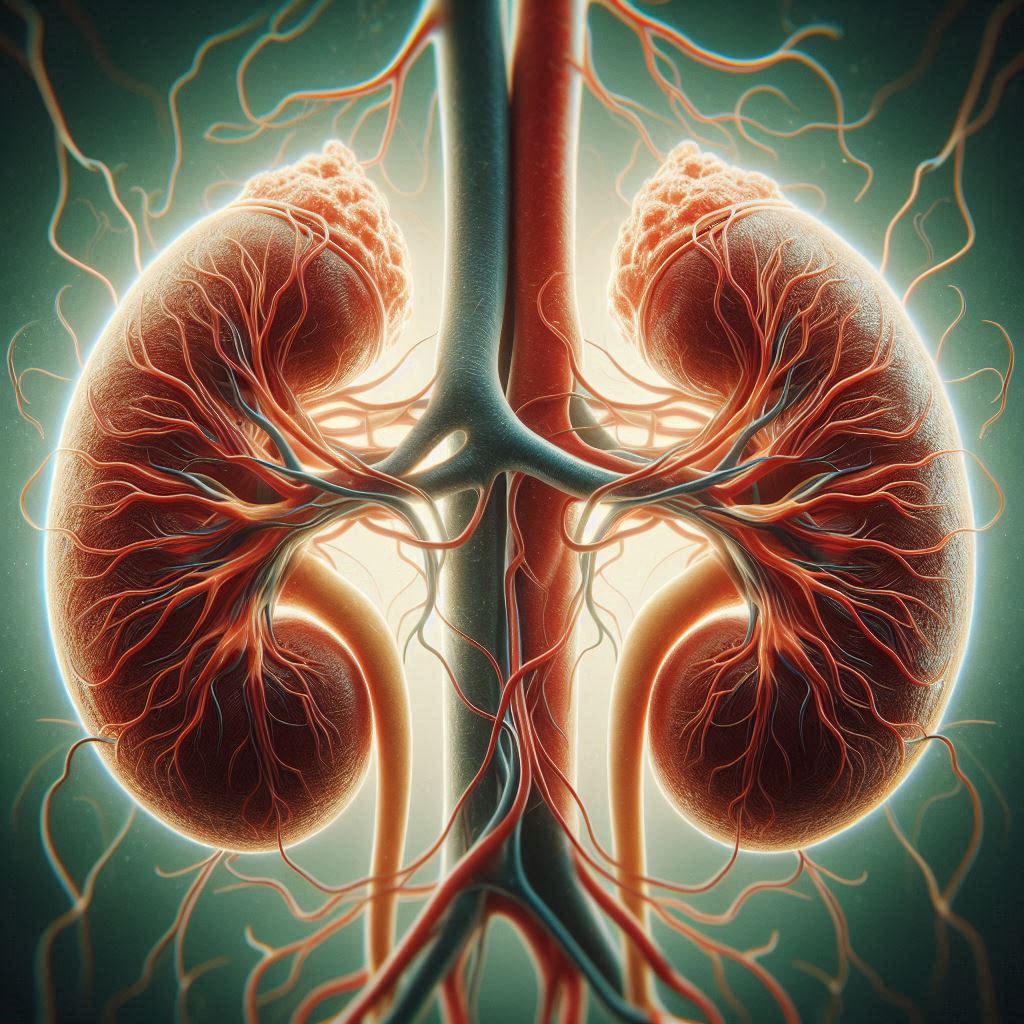Leukoreduced red blood cells (RBCs) and their role in cytomegalovirus (CMV) transmission are an important topic in transfusion medicine, particularly for vulnerable patient populations like immunocompromised individuals, pregnant women, or neonates. Let’s dive into this:
Background on CMV and Transfusion
CMV is a common herpesvirus that can be transmitted through blood transfusions, primarily via leukocytes (white blood cells) that harbor latent CMV. In healthy individuals, CMV infection is often asymptomatic or mild, but in immunocompromised patients—such as transplant recipients, those with HIV, or premature infants—it can cause severe complications like pneumonitis, hepatitis, or retinitis. Historically, transfusion-transmitted CMV (TT-CMV) was a significant concern, especially before preventive measures were widely implemented.
What Are Leukoreduced RBCs?
Leukoreduction is a process that filters RBC units to remove most leukocytes, typically reducing the white blood cell count to less than 5 × 10⁶ per unit (in the U.S.) or even lower, depending on standards (e.g., <1 × 10⁶ in some countries). This is done using specialized filters during blood processing and is now standard practice in many blood banks for various reasons, including reducing febrile transfusion reactions, alloimmunization, and the risk of transmitting leukocyte-associated pathogens like CMV.
Leukoreduction and CMV Transmission
Since CMV resides in latent form within leukocytes, removing them through leukoreduction significantly lowers the risk of TT-CMV. Here’s how this plays out:
- Mechanism: CMV is not free-floating in plasma or attached to RBCs; it’s carried by latently infected leukocytes. By reducing the leukocyte load, leukoreduction decreases the viral reservoir that could reactivate and infect the recipient.
- Effectiveness: Studies have shown that leukoreduced blood products reduce the risk of TT-CMV to levels comparable to using CMV-seronegative blood (blood from donors who test negative for CMV antibodies). For example, research indicates that the residual risk of TT-CMV with leukoreduced blood is extremely low—often cited as less than 1-3% in high-risk populations—though not completely eliminated due to rare instances of residual leukocytes or “window period” donations (when a donor is newly infected but not yet seropositive).
- Comparison to CMV-Seronegative Blood: Traditionally, CMV-seronegative blood was the gold standard for preventing TT-CMV in high-risk patients. However, leukoreduction has become an alternative or complementary strategy, especially in regions where CMV-seronegative donors are scarce (e.g., in areas with high CMV prevalence, like up to 90% in some adult populations). Some institutions use both leukoreduced and CMV-seronegative blood for maximum safety in the most vulnerable patients, like preterm infants or stem cell transplant recipients.
- Residual Risk: While leukoreduction is highly effective, it’s not 100% foolproof. Extremely low levels of leukocytes may remain, and if a donor is in the early phase of CMV infection (before detectable antibodies), transmission could theoretically occur. This is rare, though, and clinical data suggest the risk is minimal with modern leukoreduction techniques.
Clinical Implications
- Standard Practice: In many countries, leukoreduced RBCs are now the default for most transfusions, reducing the need for CMV-seronegative blood except in specific cases. This has streamlined blood bank logistics and improved safety overall.
- High-Risk Groups: For patients like bone marrow transplant recipients or fetuses receiving intrauterine transfusions, guidelines (e.g., from AABB or WHO) may still recommend CMV-seronegative blood in addition to leukoreduction as an extra precaution, though evidence increasingly supports leukoreduction alone as sufficient in many contexts.
- Cost and Availability: Leukoreduction is widely available and cost-effective compared to maintaining a separate inventory of CMV-seronegative blood, making it a practical solution.
Conclusion
Leukoreduced RBCs significantly reduce, but do not completely eliminate, the risk of CMV transmission by removing the leukocytes that carry the virus. This has shifted transfusion practices, making leukoreduction a cornerstone of blood safety. For most patients, it’s adequate protection against TT-CMV, though certain high-risk groups may still benefit from additional measures like CMV-seronegative blood. The shift reflects both technological advances in filtration and a deeper understanding of CMV’s transfusion-related biology.


Leave a Reply